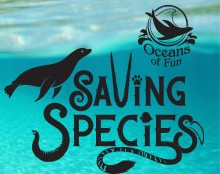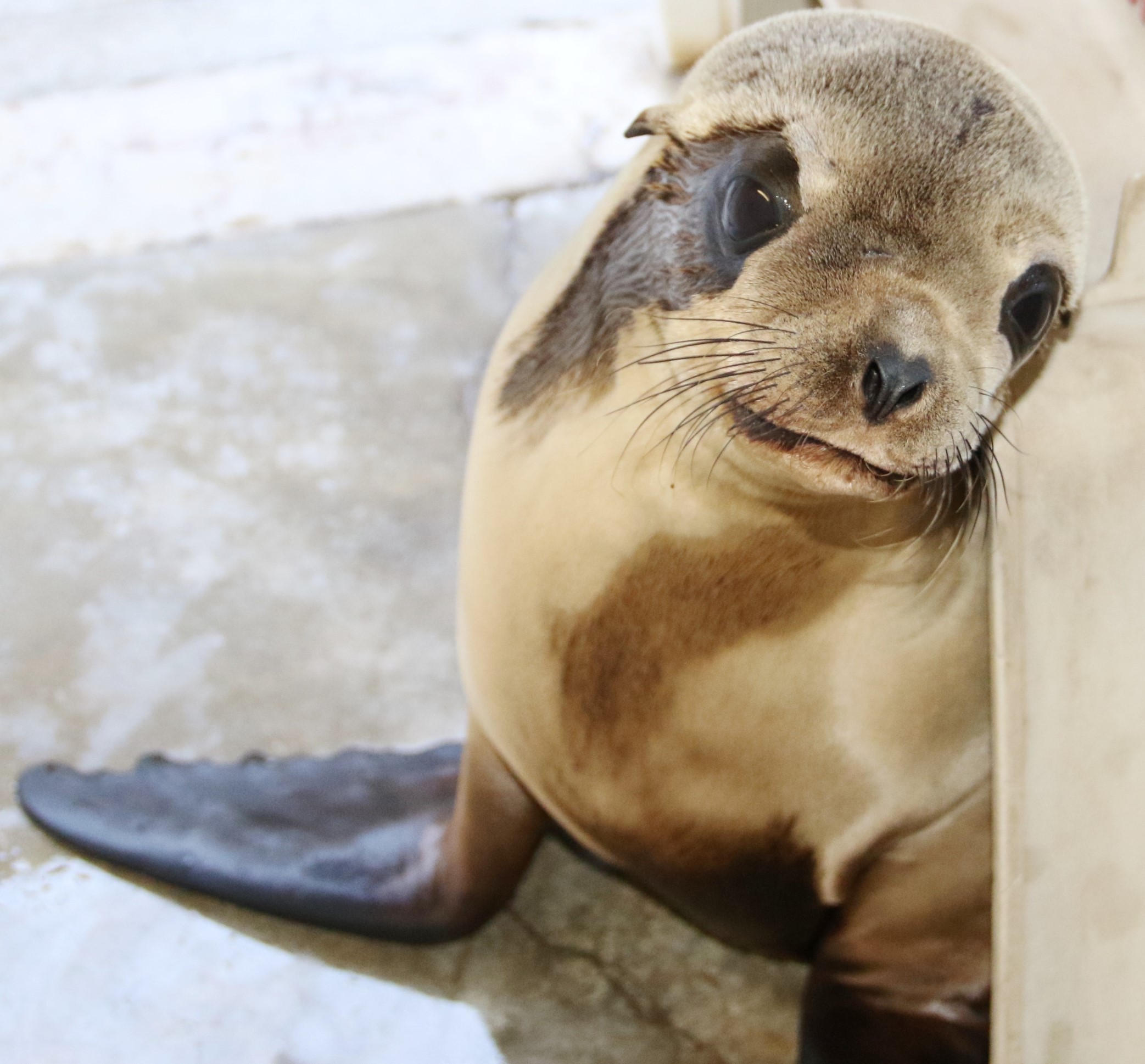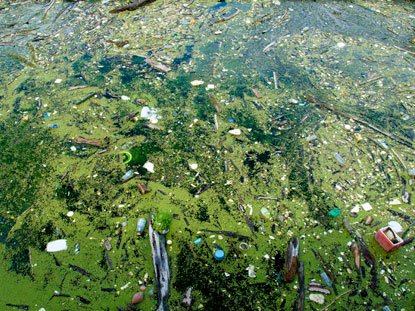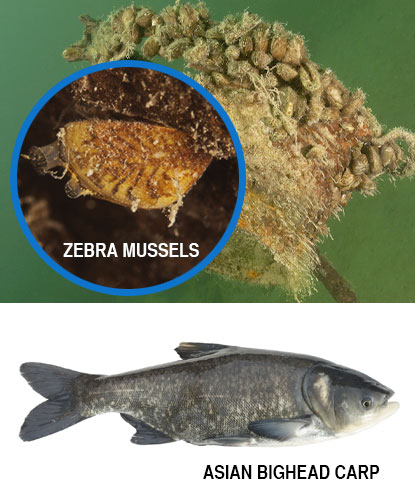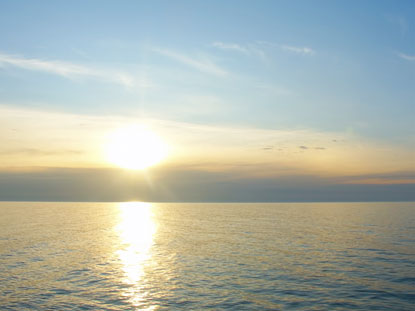
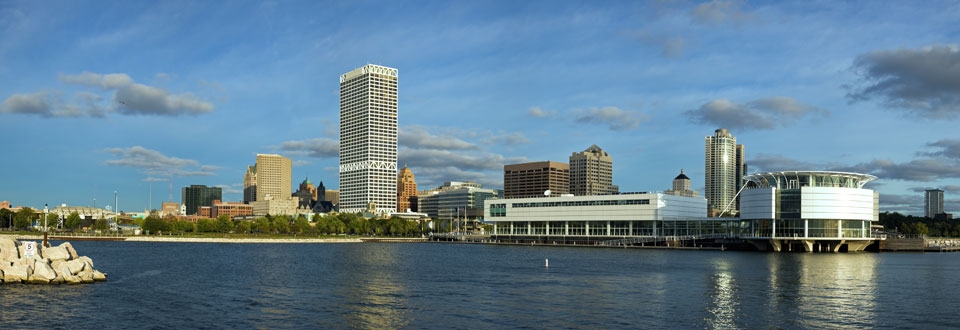
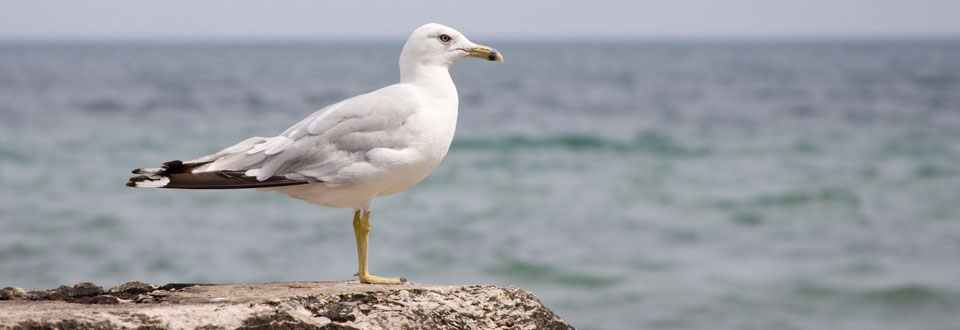


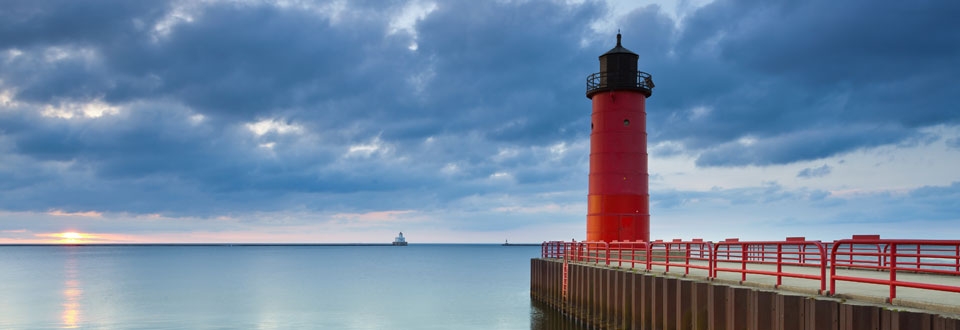
Great Lakes
Ocean Connections is fortunate to be located in Milwaukee, WI near one of the world’s great freshwater resources, Lake Michigan. As part of the Great Lakes, Lake Michigan provides families and the community with fresh drinking water, recreation and a beautiful landscape to enjoy.
The Great Lakes contain about 20% of the world’s freshwater. This intricate web of life affects the weather and climate, wildlife and habitats. This valuable resource is facing many challenges from invasive species to pollution. We hope to make a difference by spreading information regarding some of the environmental issues related to Great Lakes ecology and conservation.
History of the Great Lakes
 The Great Lakes have played a vital role in the growth of our country. Connected to the Atlantic Ocean, these lakes have provided a means for transporting goods and people across the seas. Cargo ships and barges have been carrying large amounts of iron ore, coal and grain along with many other resources for centuries. Not only have these lakes provided resources, but they have also provided thousands of jobs for people across the Great Lakes region supporting the Midwest’s economy. Today, the health and well-being of this cherished ecosystem is threatened daily by many environmental stressors including invasive species, pollution, and climate change. The impact that the Great Lakes continue to have on our country makes it essential that we strive to protect their waters.
The Great Lakes have played a vital role in the growth of our country. Connected to the Atlantic Ocean, these lakes have provided a means for transporting goods and people across the seas. Cargo ships and barges have been carrying large amounts of iron ore, coal and grain along with many other resources for centuries. Not only have these lakes provided resources, but they have also provided thousands of jobs for people across the Great Lakes region supporting the Midwest’s economy. Today, the health and well-being of this cherished ecosystem is threatened daily by many environmental stressors including invasive species, pollution, and climate change. The impact that the Great Lakes continue to have on our country makes it essential that we strive to protect their waters.
The Great Lakes were formed about 10,000 years ago during the last glacial period. As the glaciers retreated, a giant basin across North America was left behind. This basin was filled with the water from the melting glaciers and this is the water that still fills these lakes today. European settlers depended on these waterways for fishing because of the diversity and quantity of the fish. Today, millions of people still rely on the Great Lakes for food, transportation, and water.
Fun Facts
- The total surface area of the Great Lakes is 94,250 miles which is about the same size at Britain.
- The Great Lakes hold a whooping 6.0x1015 gallons of water! That’s enough water to cover the continental United States with 9.5 feet of water!
- There are 45 million people who reside in the Great Lakes region and depend on the Great Lakes for resources.
- 186 aquatic species that currently live in the Great Lakes are not native to these waters.
- There are roughly 35,000 islands located in the Great Lakes, the majority of which are found in Lake Huron.
- The Great Lakes do not replenish themselves! Only 1% is returned to the lakes each year.
- These lakes provide year round recreation for people of all ages! From swimming and wake boarding to fishing and boating, there is always something to do on the Great Lakes.
What’s in a name?
- Lake Erie was named after the tribe of Native Americans who occupied its southern shore. According to French writers, this name means “cat”.
- Lake Huron was called by the French La Mer Douce, which means “fresh-water sea” and was later referred to as Huron for the natives that lived along the eastern shores.
- Lake Ontario in Iroquois means “beautiful lake”.
- Lake Superior was named by the French lac supérieur meaning “upper lake” because it has the highest elevation of all five lakes.
- Lake Michigan had many names, among them were Lake of the Stinking Water and Lac Des Illinois. The Native American name for the lake was “michi gami” which was changed to Michigan.
Threats to the Great Lakes
Though they are five separate lakes, Lakes Superior, Michigan, Huron, Erie and Ontario, all form an interconnected waterway. Twenty percent of the world’s fresh water is found in the Great Lakes, making the conservation of this ecosystem a priority. The Great Lakes have not only been a vital source of economic growth for centuries, but are home to a large number of aquatic species.
With millions of people relying on the Great Lakes, it is essential to understand how environmental impacts affect this ecosystem. A dedicated team of researchers and biologists have worked together to create a comprehensive map of the environmental stressors affecting the lakes. This map details which lakes are most affected, where they are affected and to what extent. For more information on this map, and others like it, visit www.greatlakesmapping.org.
Pollution |
Invasive Species |
Climate Change |
What we are doing to help!
We are fortunate enough to have one of the Great Lakes in our own backyard – Lake Michigan. It is up to us to step up to make a difference! Beaches and coastlines are a hot spot for pollutants, especially plastic, that enter the Great Lakes. By becoming involved in a beach clean-up, you can make a difference! Keeping plastics and other pollutants out of the Great Lakes, stops them from reaching the oceans and threatening marine life. Stay tuned to hear about opportunities to join with us to help protect our local beaches.
Sources




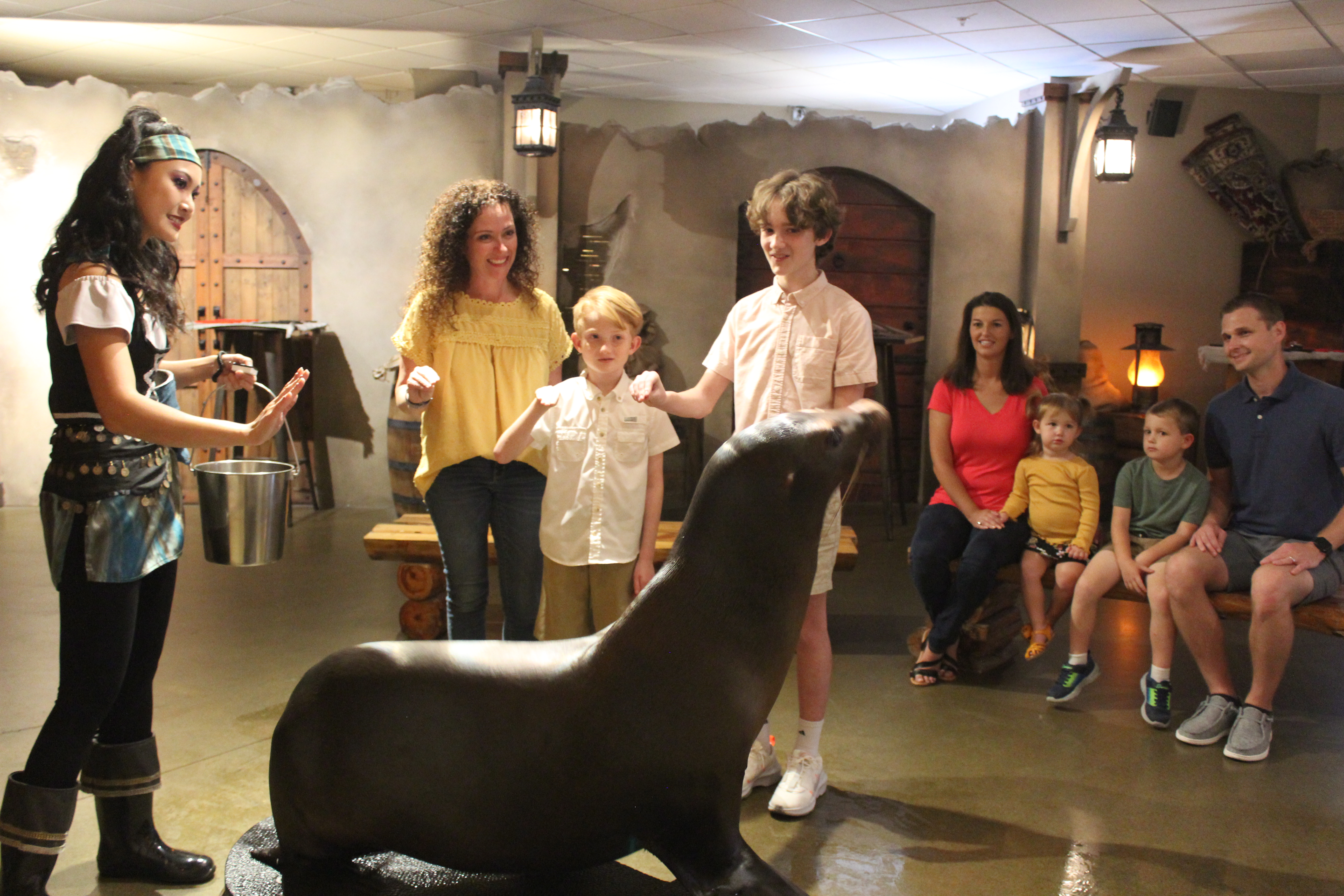 Animal Encounter
Animal Encounter Our Locations
Our Locations
 Family Fun
Family Fun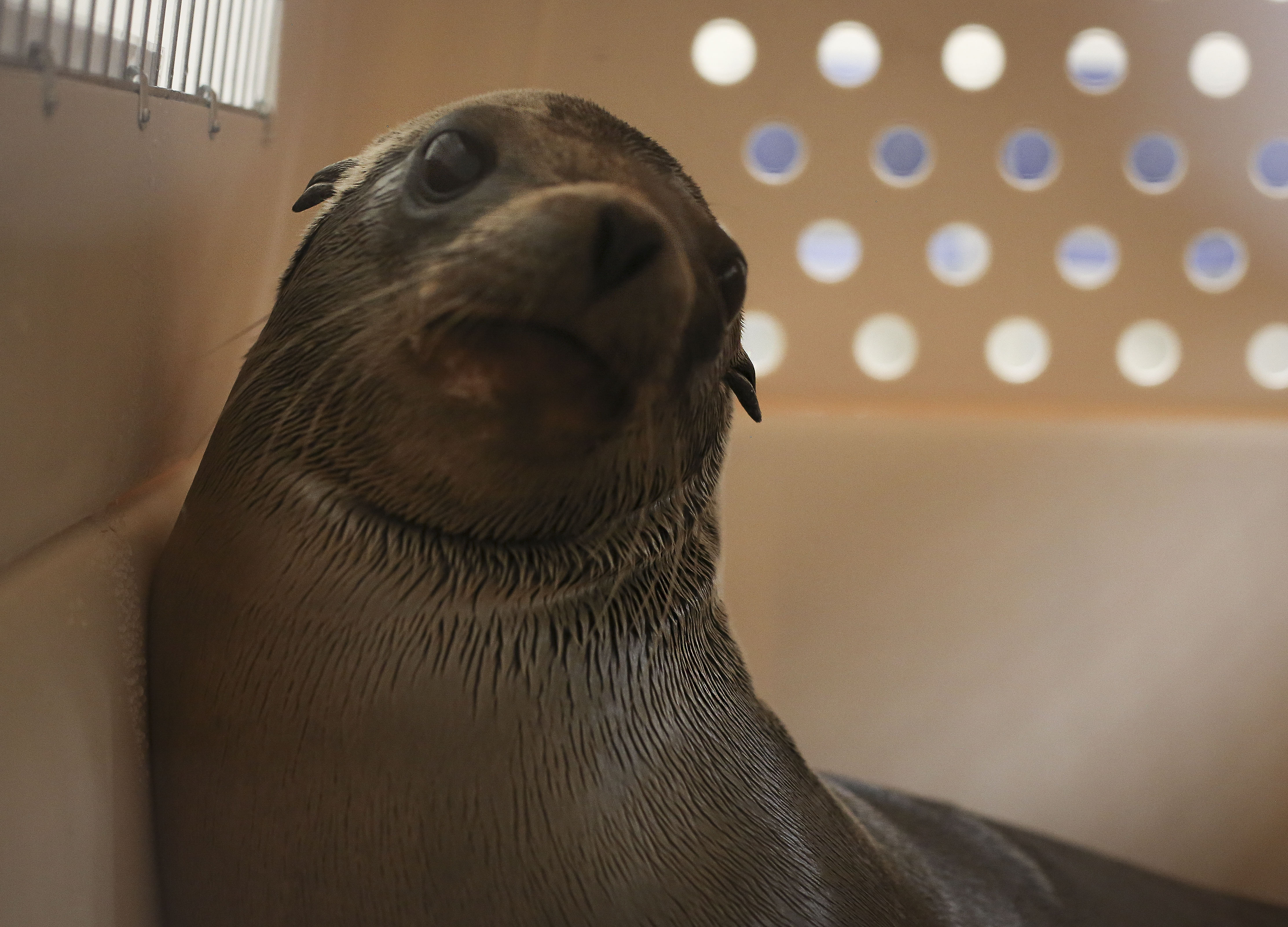
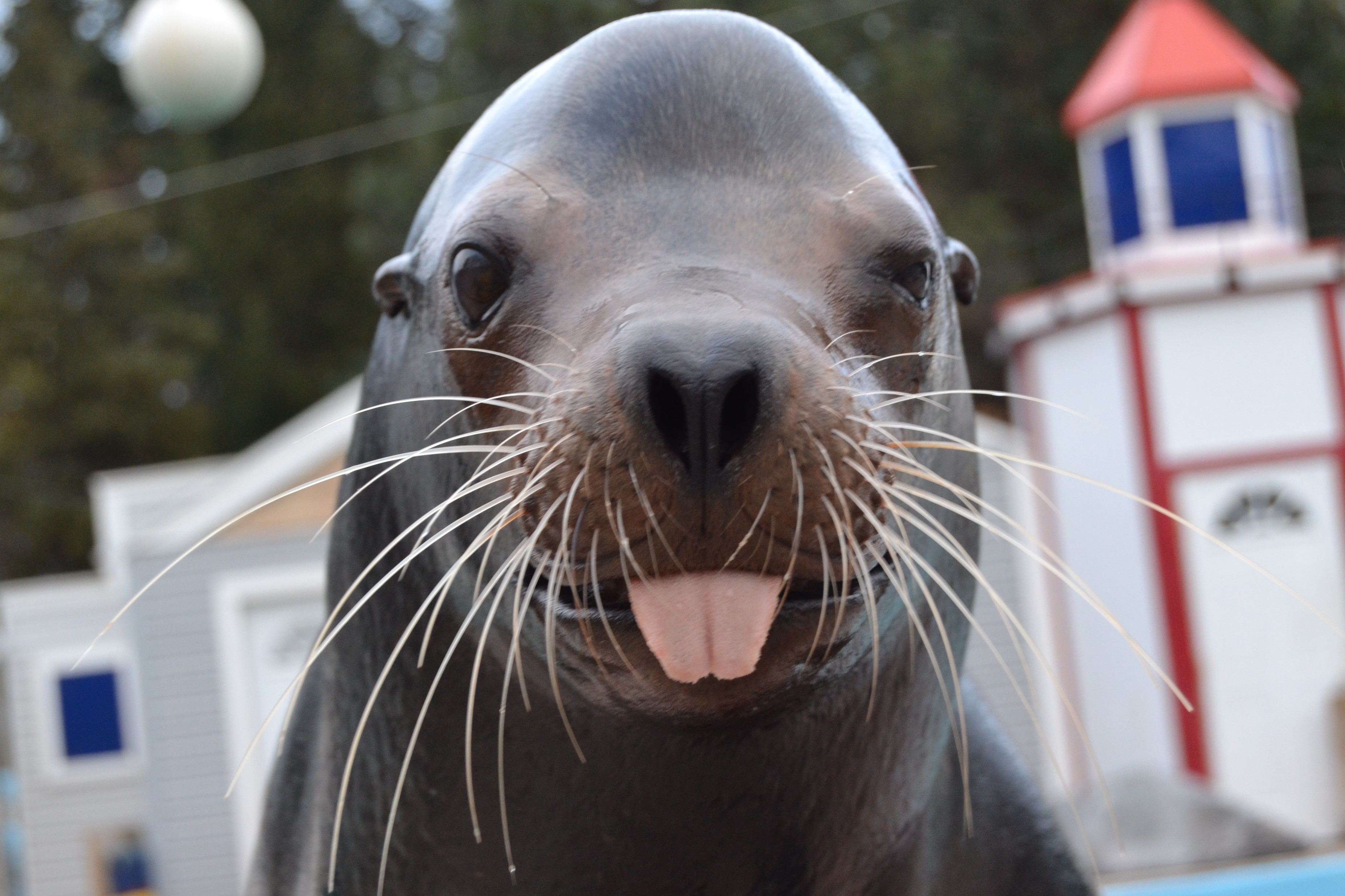
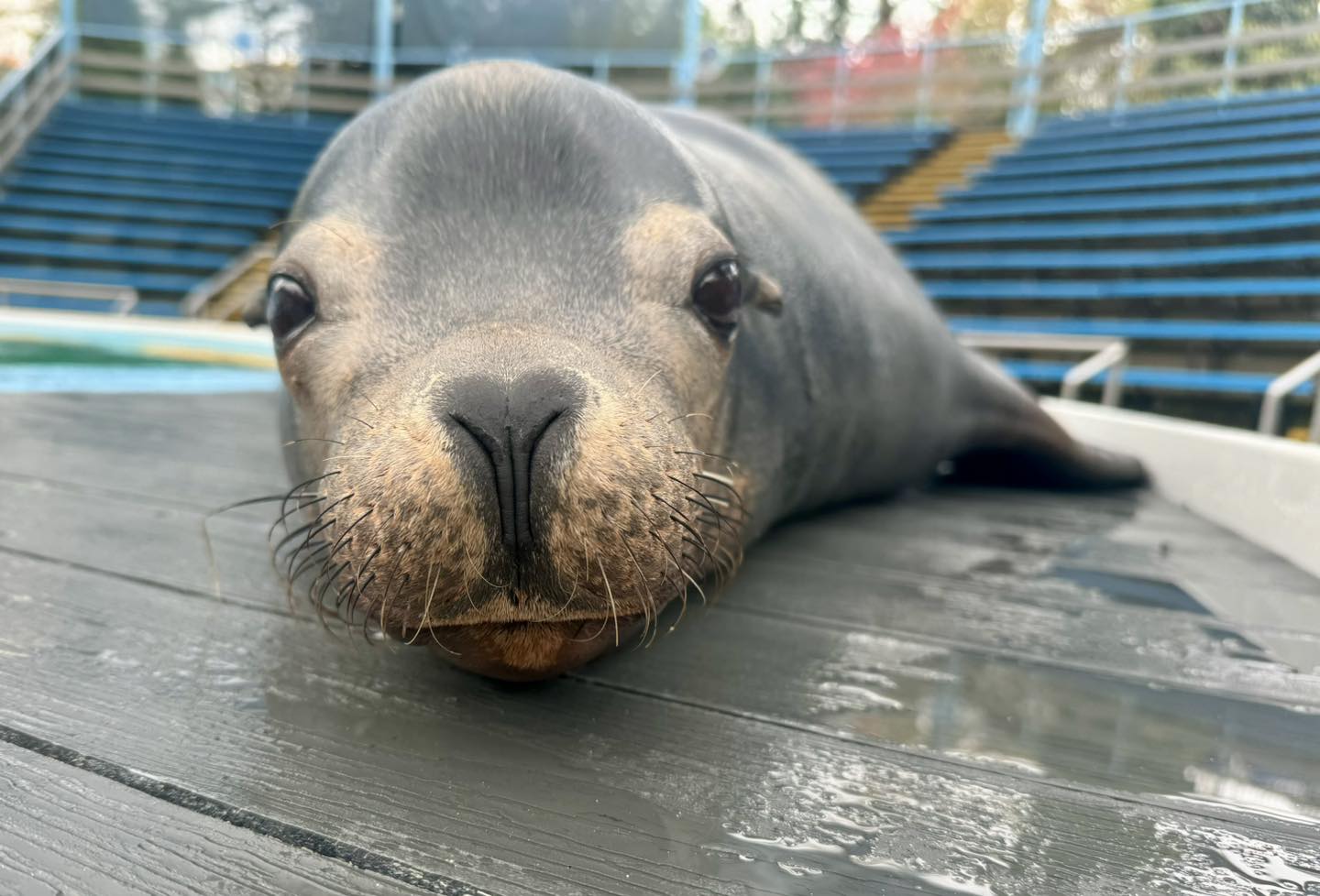 Meet Ripley!
Meet Ripley!
